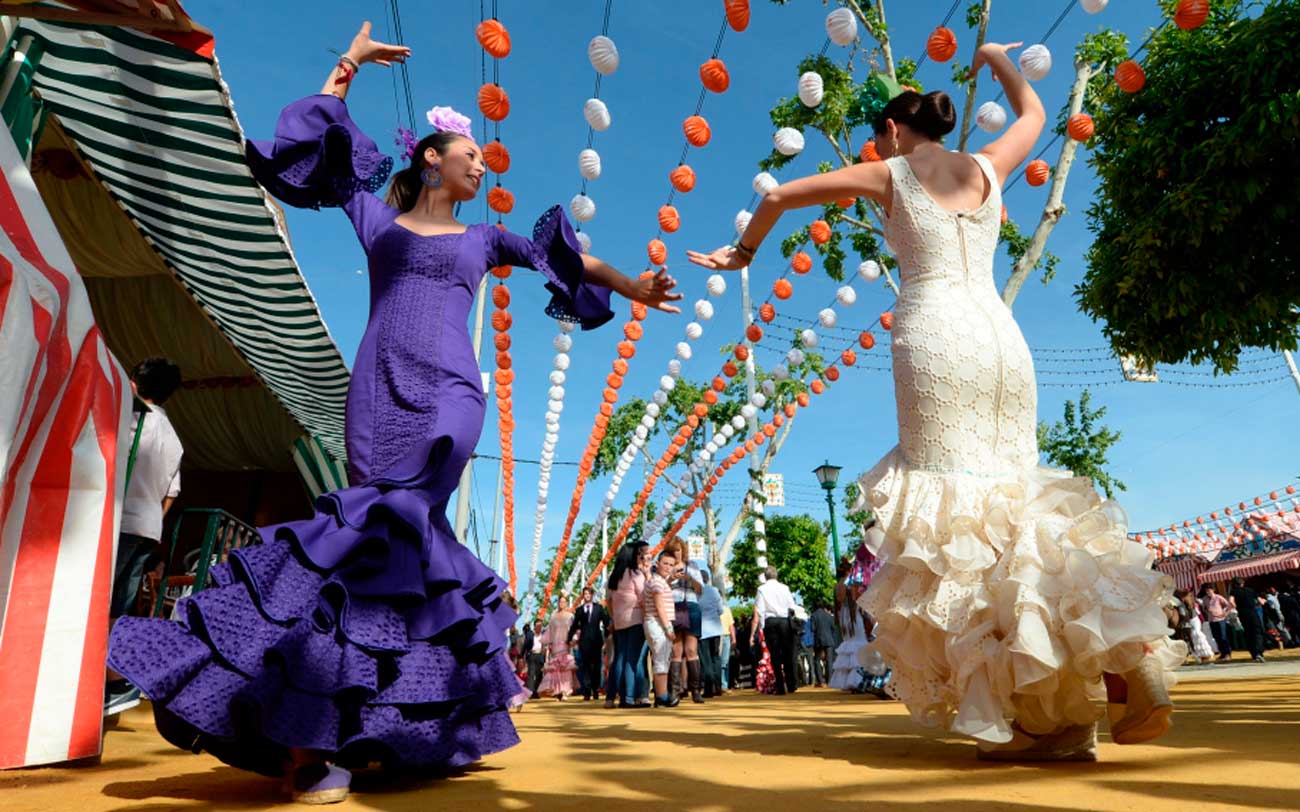ABOUT SEVILLE
If you want to dig a little deeper into the fine arts world of Seville, there are countless places for you to visit and discover the city. Here are some that you can’t miss!
Given its location in the south of the European continent, Seville enjoys a continental Mediterranean climate, with hot dry summers and mild winters.
With an average temperature of 18.6º C and 2,898 hours of annual sunshine, the area has excellent climatic conditions throughout most of the year, with January being the coldest month and July the hottest. The annual average rainfall is moderate, with 534 mm of rain in 52 days. Most of the rain falls between October and April, with the wettest month being December. Pleasant temperatures and its colorful beauty make Seville a great place to visit at any time of the year, day or night.
Seville’s main festivals, Holy Week and April Fair, take place in spring when the city is alive with light and joy, and a melange of scents and sounds continuously delight the senses. The flowering of the orange trees, abundant throughout the city, is a memorable moment. The scent of orange blossoms can be found wafting throughout the historic centre. The visit to Seville becomes a magical experience that the visitor will hope to repeat when this event coincides with Holy Week and the scent of flower and incense mingle.
Warm clothes are not usually required from April to October. However, we strongly recommend the use of natural made light clothes during the hot summer months -June, July and August-, as well as sunglasses, as protection against the intense sunlight, and a hat. Many streets and squares in the city centre are covered with awnings, called “velas”, which temper the sunlight and make your visit more enjoyable. In short, climate is a major reason for choosing Seville to hold events.




